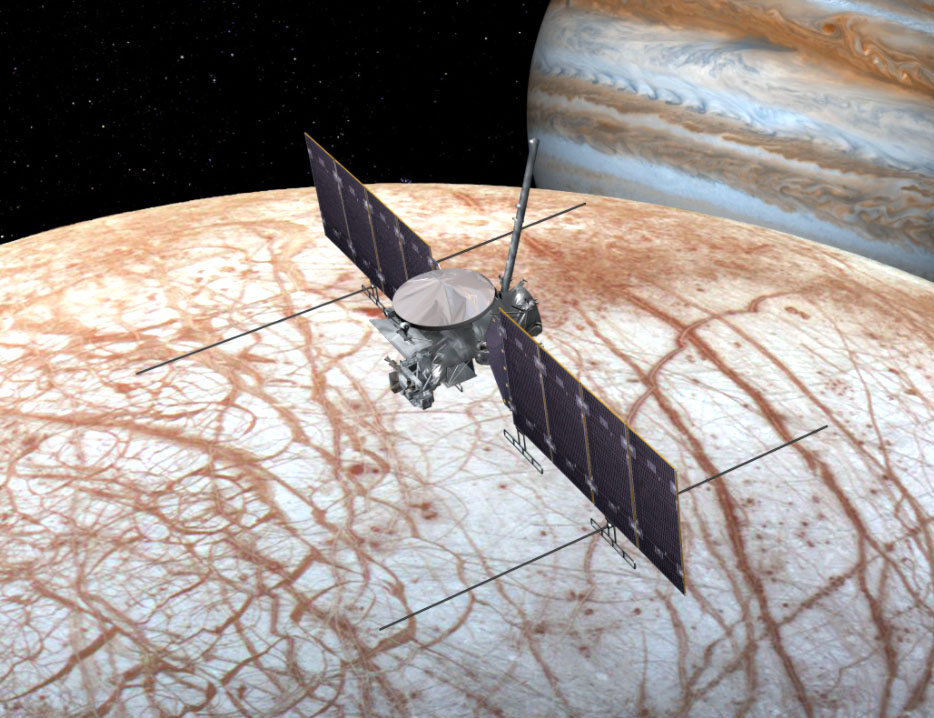Jupiter’s moon Io is the most volcanically active body in the Solar System, with roughly 400 active volcanoes regularly ejecting magma into space. This activity arises from Io’s eccentric orbit around Jupiter, which produces incredibly powerful tidal interactions in the interior. In addition to powering Io’s volcanism, this tidal energy is believed to support a global subsurface magma ocean. However, the extent and depth of this ocean remains the subject of debate, with some supporting the idea of a shallow magma ocean while others believe Io has a more rigid, mostly solid interior.
In a recent NASA-supported study, an international team of researchers combined data from multiple missions to measure Io’s tidal deformation. According to their findings, Io does not possess a magma ocean and likely has a mostly solid mantle. Their findings further suggest that tidal forces do not necessarily lead to global magma oceans on moons or planetary bodies. This could have implications for the study of exoplanets that experience tidal heating, including Super-Earths and exomoons similar to Io that orbit massive gas giants.
Continue reading “New Research Suggests Io Doesn’t Have a Shallow Ocean of Magma”









